
6 Things You May Not Know About Women, Girls & Hunger
Investing in women and girls could make a massive difference in ending global hunger. In fact, providing female farmers with equal access to tools and resources could decrease the number of people living in hunger and poverty by 100-150 million.
Get to know why they’re at the forefront of the development agenda and how everything from goats to the promise of a school meal are being used to maximize their potential to change the world.
Malala Yousafzai, a fearless education advocate, has spoken passionately about why the world must educate the 130 million girls that are out of school today. Tapping their energy and potential is seen as key to solving some of the world’s most pressing challenges — including ending the scourge of global hunger.
So here’s the connection:
- Many girls in low-income countries face unique barriers to education and nutrition.
- Parents often keep girls at home to care for relatives
- Girls are sometimes married off young
- Girls are often the last to eat when there is limited food at home.
- For those who choose to become mothers, this lack of education may also impact whether their kids have good nutrition and whether they are able to lead food-secure households.
Want to learn more? Check out these six things you may not know about women, girls and hunger:
#1. Women and girls make up nearly 50% of the world’s agricultural workers.
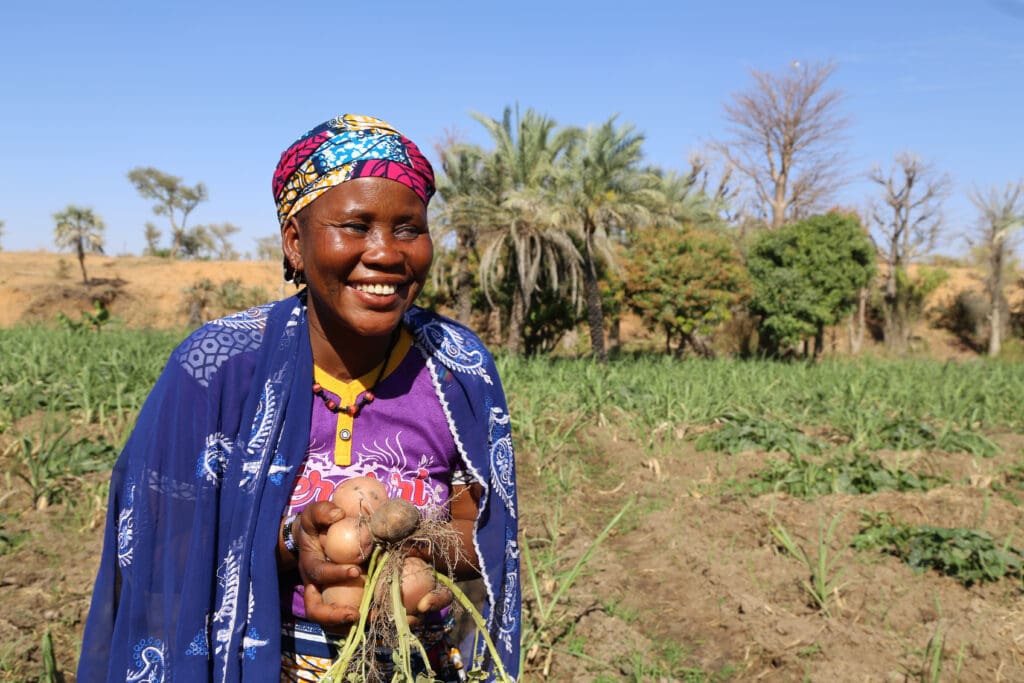
A female farmer in Niger shows off her harvest.
Women serve as the backbone of food production systems in many low-income countries, thus fueling economic growth and community development. Yet at the same time, female farmers in these same areas are often denied access to land rights, financial resources and the technology necessary to succeed.
#2. Women feel the brunt of hunger and poverty more than men.
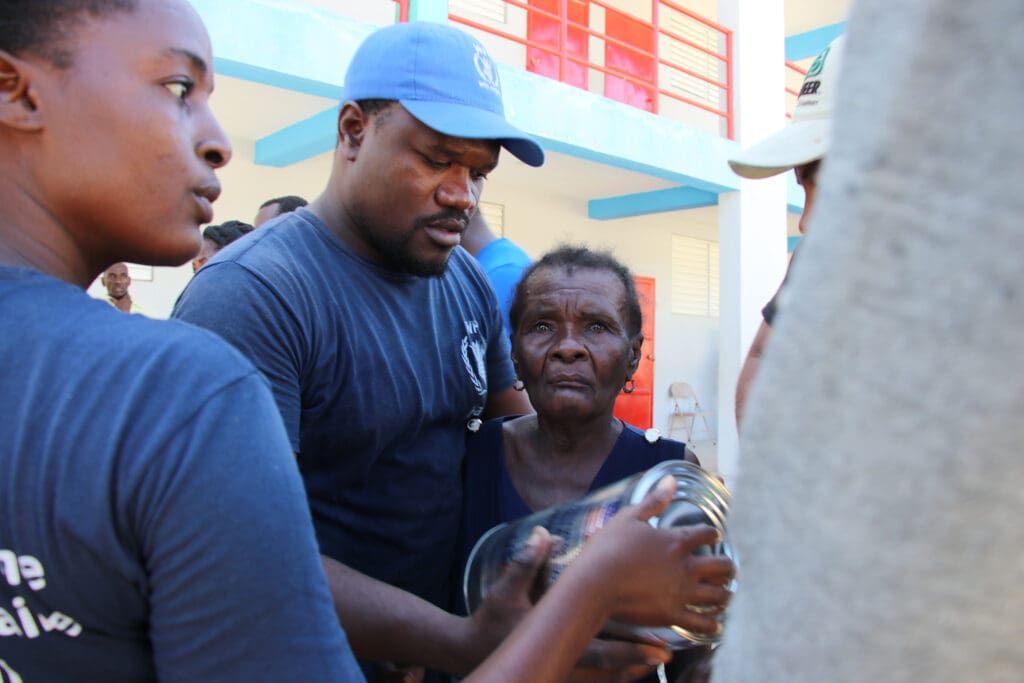
An elderly woman is assisted by WFP as she waits to receive food assistance. Priority is given to the elderly, pregnant women and handicapped people.
Although women play a critical role as food producers through small-scale farming, cultural traditions and social norms often mean women feel the brunt of hunger and poverty more than men. In some countries, women eat last, well after all the male members and children in the household have been fed. As a result, 60% of the world’s hungriest people are women and girls.
#3. More than 130 million girls around the world are out of school.
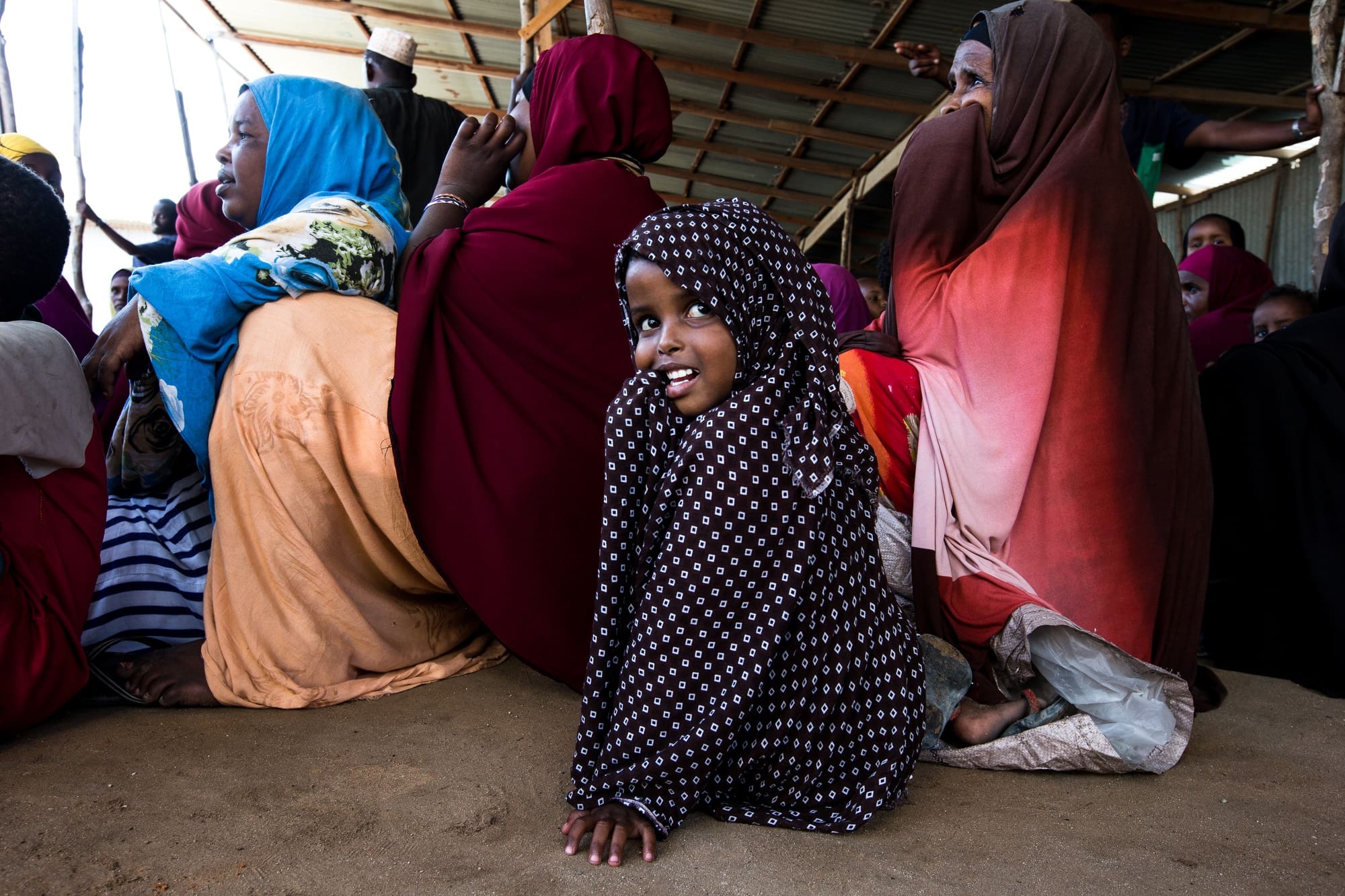
A young girl waits in line for food rations at a WFP-funded food center in the Hodan district of Mogadishu, Somalia.
And that’s a big deal when the World Bank reports that every year a girl stays in primary school boosts her future wages. To incentivize attendance, school meals programs have been shown to significantly improve school enrollment and attendance rates among girls.
#4. Many girls are kept home from school to work, earn money and help put food on the table.
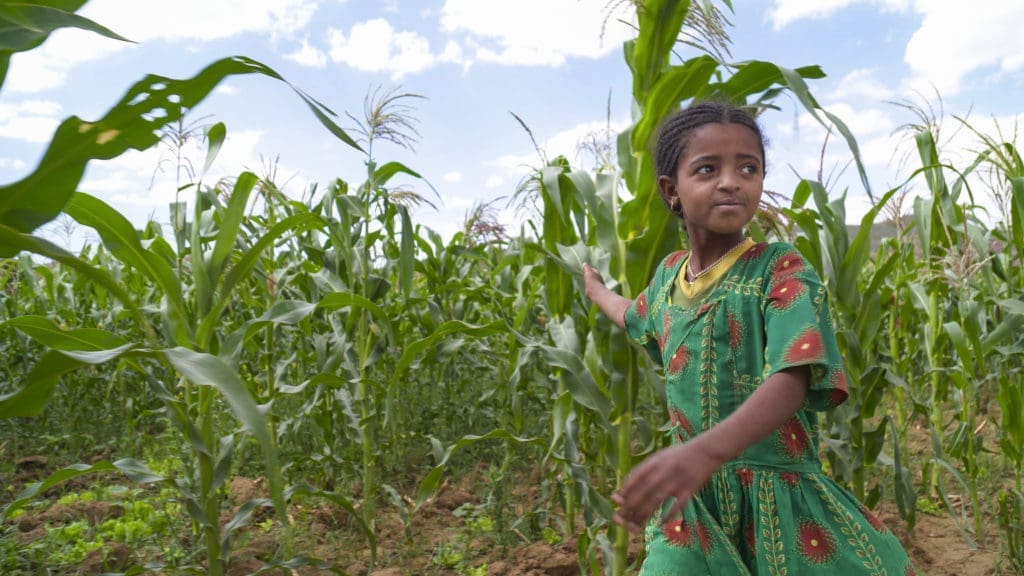
A young girl works on a farm outside of Axum, Ethiopia
In Malawi, one nonprofit, through its Goats for Girls program, is introducing a creative way to provide families with a better financial foundation and enable them to send their daughters to the classroom. The program involves giving a goat to vulnerable households to generate income and alleviate the financial need for sending girls to work, freeing them up to learn and grow without impacting the family’s finances.
#5. When women earn an income, they put that money to good use.
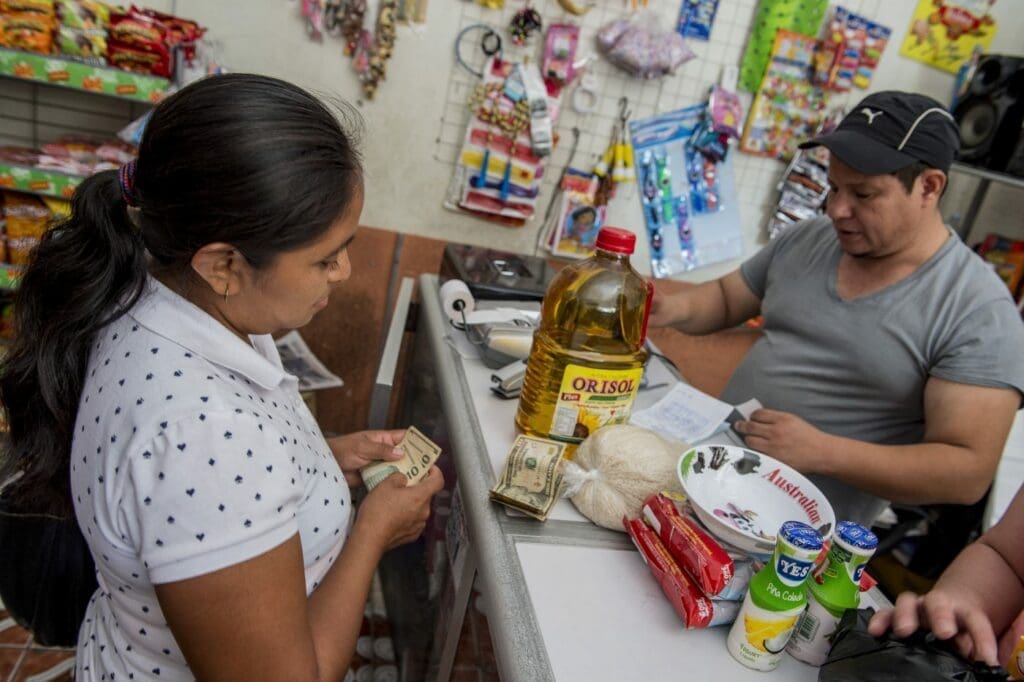
A woman in El Salvador pays for her shopping at a local grocery store with money she received through WFP’s Resilience and Climate Change Program.
According to WFP and the United Nations Girls Education Initiative, women reinvest 90% of their earnings back into their families — buying things from books and medicine to mosquito nets and clothing. This provides them with a direct benefit in their future and a broader economic impact for their communities.
#6. Education can reduce rates of hunger.

WFP provides High Energy Biscuits to more than 2,000 students a day at the Al Harba School in Aden, Yemen.
Data is already showing how women are doing their part to solve global hunger. According to a 2013 study conducted by the UN Food and Agriculture Organization and the Asian Development Bank, women’s education alone contributed to a 43% reduction in hunger in the Asia-Pacific region from 1970 to 1995, while longer life expectancy for women was connected to an additional 12% decline in hunger levels. Gender equality is “the single most important determinant of food security,” said Olivier De Schutter, then U.N. special rapporteur on the right to food.
~
If you think women and girls should have as much to eat as men and boys, click here to learn more.




